Northern Pinnipeds Unusual Mortality Event Fact Sheet, NOAA, Feb. 2014: Beginning mid-July 2011, elevated numbers of sick or dead seals with skin lesions started being discovered in the Arctic and Bering Strait regions of Alaska. […] Diseased seals — primarily ringed seals — exhibited hair loss, delayed molting, and skin ulcers. Some of these seals also exhibited lethargy and labored breathing. […] skin lesions in Pacific walruses in Alaska [were reported], with some associated mortality. Spotted seals and bearded seals were also affected. There were reports of pinnipeds [fin-footed marine mammals] with similar symptoms in Canada, Russia, and Japan. […] Due to the unusual number of marine mammals discovered with similar symptoms across a wide geographic area, […] NOAA and USFWS announced the declaration of an  Unusual Mortality Event […] the first UME involving subsistence species in coastal Alaskan communities. […] Scientists consider multiple stressors in the environment to be contributing factors […] some seals which are likely survivors of the disease are still exhibiting patchy alopecia. Hunters can expect to continue to see hairless seals in spring 2014, particularly in the subadult age group. […] Despite extensive laboratory analysis [UME Researcher: Only 4 tissue samples were tested for radionuclides due to limited funding and capacity], no specific disease agent or process has been identified. […] Testing continues for a wide range of possible factors in this disease, including immune system-related diseases, fungi, man-made and bio-toxins, radiation exposure […] Preliminary radionuclide testing conducted by the University of Alaska Fairbanks found radiation levels within the typical background range [Prior reports from NOAA say otherwise]. Scientists are investigating the possibility that radiation could have been one of many factors that contributed to the illness […]
Unusual Mortality Event […] the first UME involving subsistence species in coastal Alaskan communities. […] Scientists consider multiple stressors in the environment to be contributing factors […] some seals which are likely survivors of the disease are still exhibiting patchy alopecia. Hunters can expect to continue to see hairless seals in spring 2014, particularly in the subadult age group. […] Despite extensive laboratory analysis [UME Researcher: Only 4 tissue samples were tested for radionuclides due to limited funding and capacity], no specific disease agent or process has been identified. […] Testing continues for a wide range of possible factors in this disease, including immune system-related diseases, fungi, man-made and bio-toxins, radiation exposure […] Preliminary radionuclide testing conducted by the University of Alaska Fairbanks found radiation levels within the typical background range [Prior reports from NOAA say otherwise]. Scientists are investigating the possibility that radiation could have been one of many factors that contributed to the illness […]
Nome Nugget (pdf), Feb. 7, 2014: […] “There can be arguments made that it is or isn’t Fukushima,” said [Ice Seal Committee member Brandon Ahmasuk]. “Even though we’re told there is not enough radiation detected to be concerned about, we don’t know. There is no data to back it up.” Dr. Doug Dasher, Research Professor at the Institute of Marine Science at [U. of Alaska, Fairbanks], John Kelley, Gay Sheffield and Raphaela Stimmelmayr […] hypothesized that the 2011 Fukushima fallout from the air could have had something to do with the unusual morality event […] Only contaminated food eaten by the seals would have shown up in the tissue sample. The analysis could not take airborne fallout into account […] they “cannot rule out that increased radiological exposure in combination with a mixture of other contaminants represented an immunotoxic and thyroid gland disease risk” […]
Alaska Public Radio Network, Jan. 24, 2014 (at 6:00 in): Dr. Dasher: What we looked at is […] multiple stressors, where an animal or human could [feel? the] impact of climate change, contaminants, your food supply may be changing, so the body’s under stress. Then you add a chemical, be it radiation […] that can cause illnesses. Host: So [radioactive pollution] could have been a factor along with other stressors? Dasher: Yeah, that’s what we found.




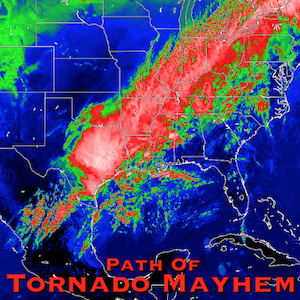
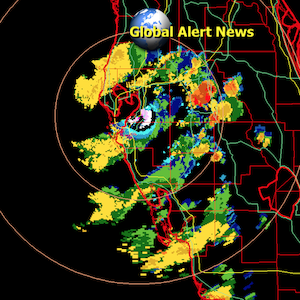

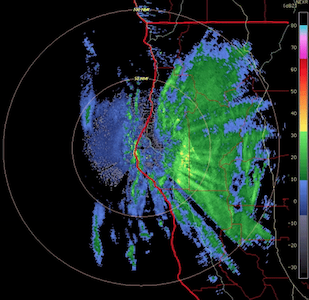
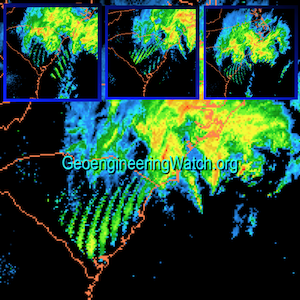
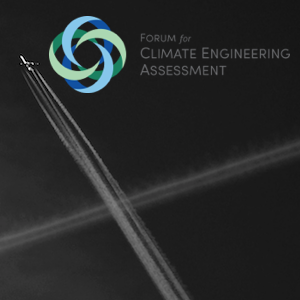


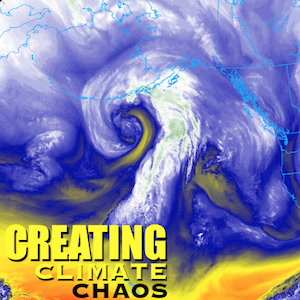

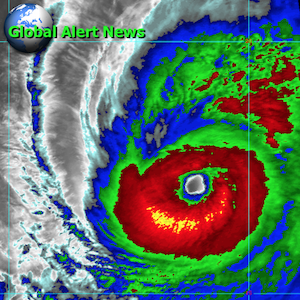
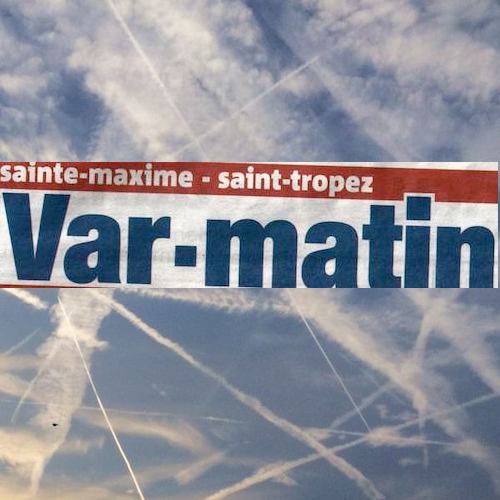

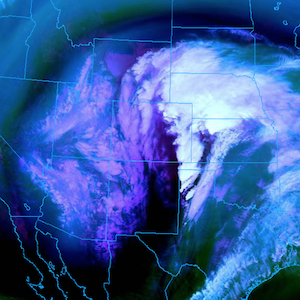

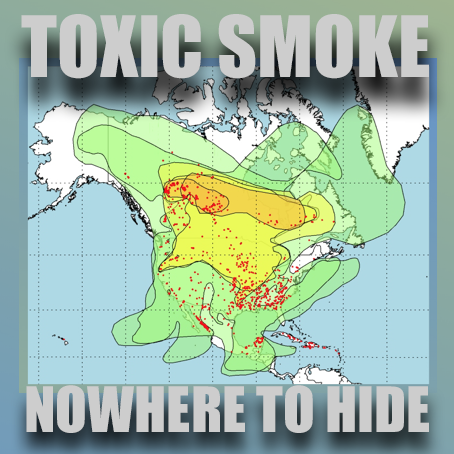


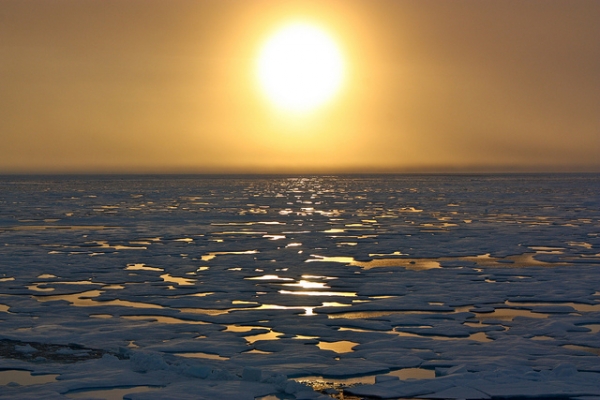

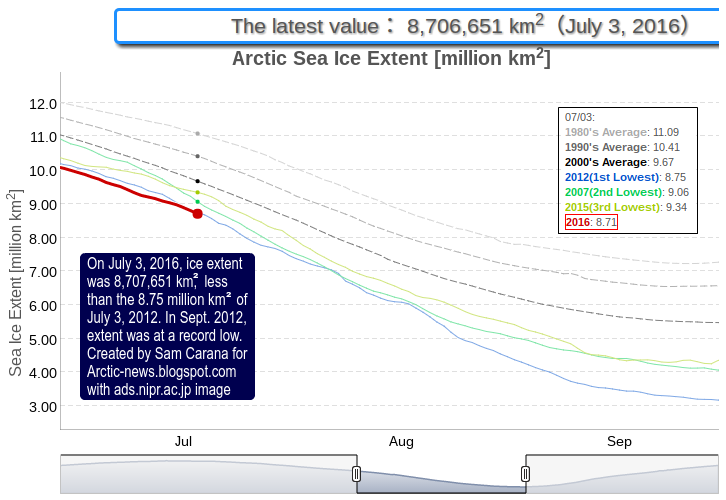
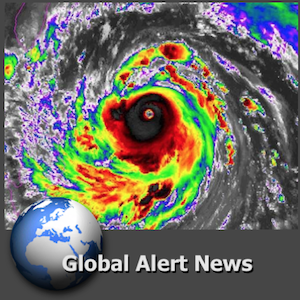
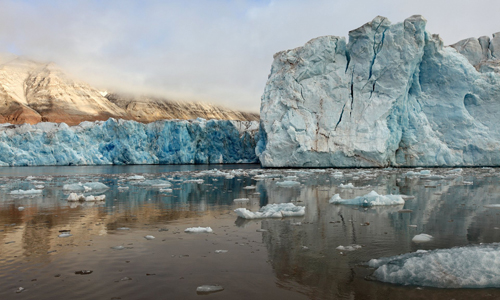

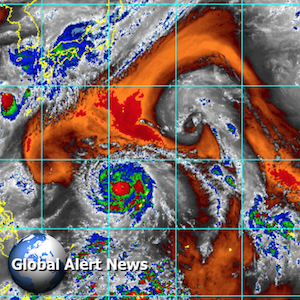




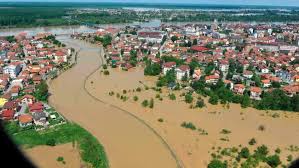
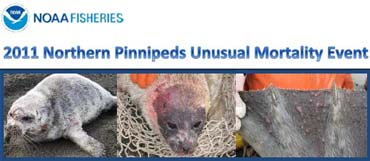












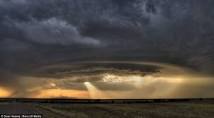


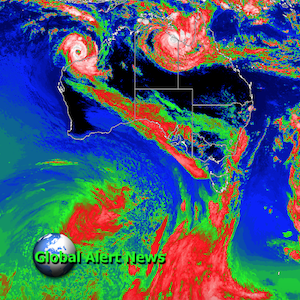


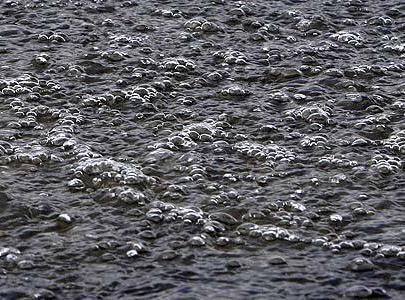
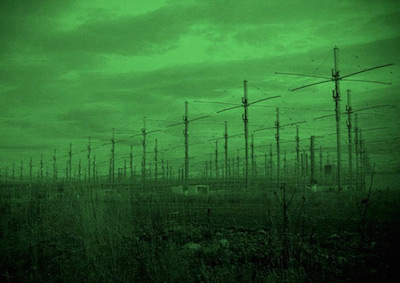



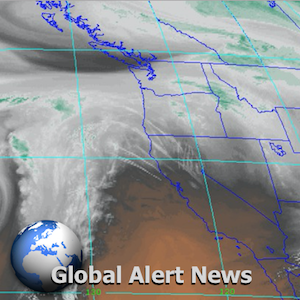
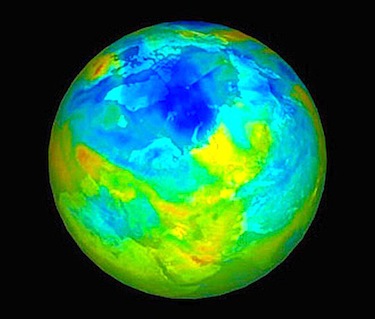
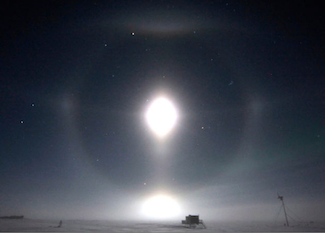
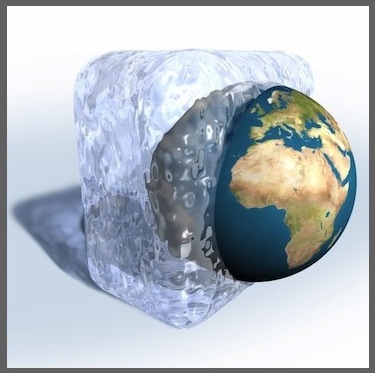


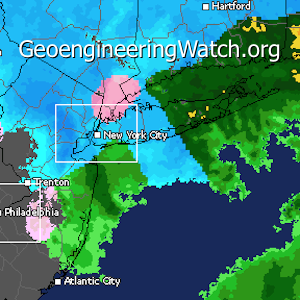




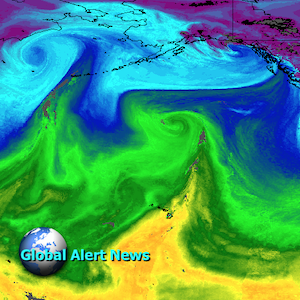

One Response
I am of the mind to call UAF University of Alaska Fairbanks and ask if they’ve tested for some of the chemtrail ingredients. I had contacted this site when I first heard of polar bears and seals with lesions. Enenews speculated this was from Fukushima fallout, but even then I suspected chemicals sprayed. I’m in Anchorage, and all last summer fleets of aircraft of many descriptions took off and flew north (up to sixty a day). I suspect it was the AMEG making the Arctic toxic beyond belief. Does anyone else share my views?
I am heartbroken at this news. These innocent creatures are certainly suffering.